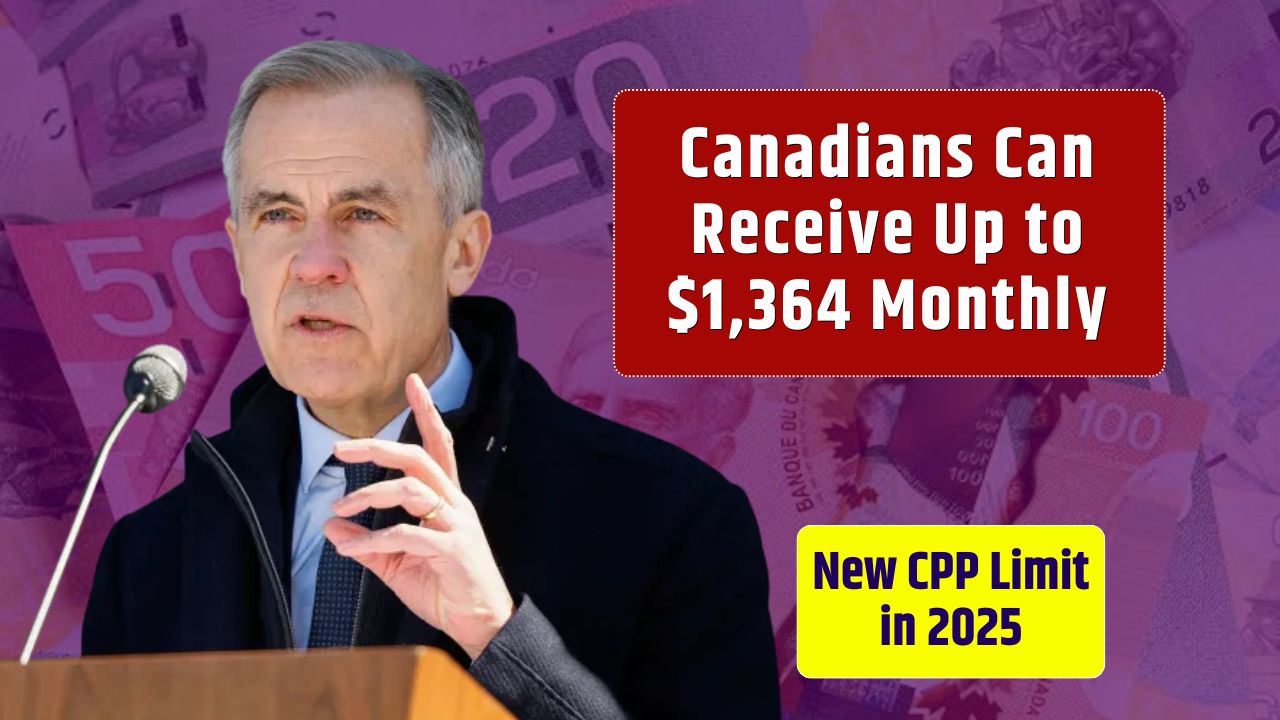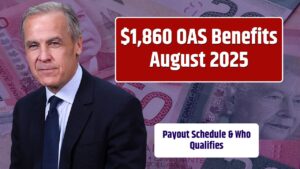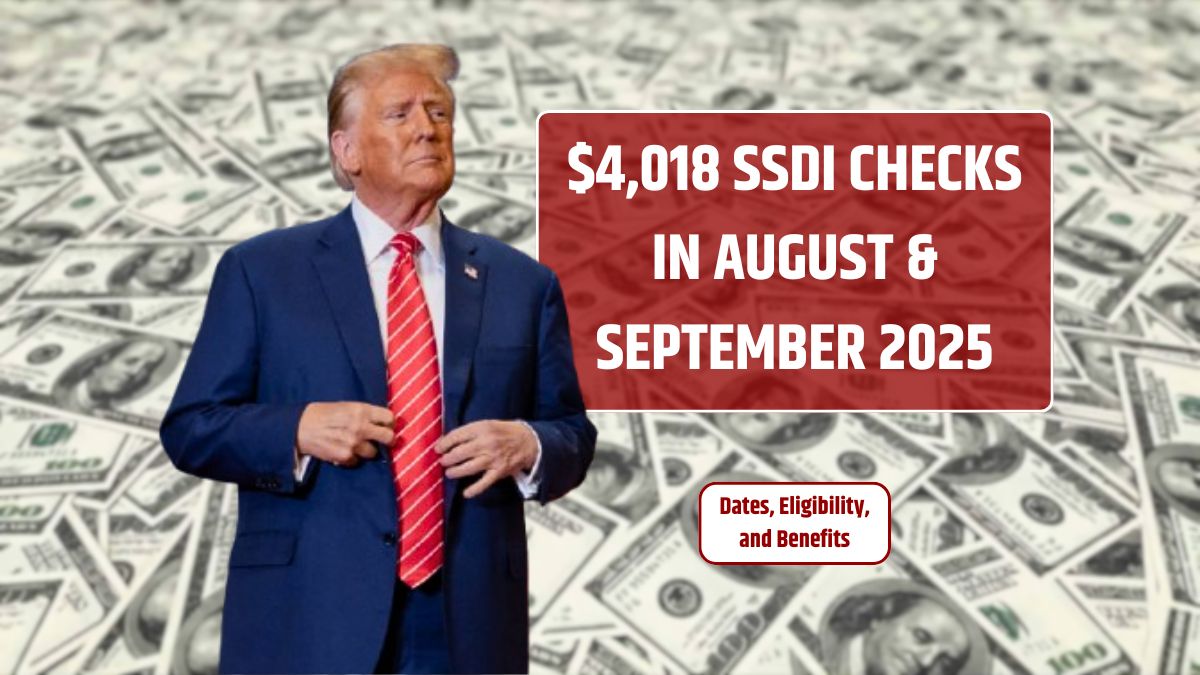So, there’s buzz about retirees in Canada getting over $2,200 per month in federal benefits this year. Sounds great, right? Well… yes and no.
Yes, benefits have gone up. Yes, they’re meant to ease the pinch of rising rent, groceries, and healthcare. But let’s be real: not everyone qualifies for the max, and those headline numbers don’t tell the whole story.
So let’s unpack it—how much you can really get from CPP and OAS in 2025, how it works, and how to make the most of it.
What’s New for CPP and OAS in 2025?
First, the numbers.
Maximum Monthly Payments (2025)
| Program | Max Monthly Payment (Age 65) | Notes |
|---|---|---|
| CPP | $1,433.00 | Requires max contributions for 39+ years |
| OAS | $713.34 (age 65–74) | Based on residency, not income |
| $800.44 (age 75+) | 10% increase for seniors 75+ |
If you qualify for both full CPP and OAS (75+), your total could reach $2,233.44/month.
But—and this is important—very few Canadians hit that number. Why? Because:
- CPP is tied to your earnings and contributions
- Most people didn’t contribute at the max for their entire careers
- OAS depends on how long you’ve lived in Canada after age 18
Reality Check: What People Actually Get
According to the latest data from the Government of Canada:
| Benefit | Average Monthly (2025) |
|---|---|
| CPP | $808.00 |
| OAS | ~$734.95 (average across all ages) |
That puts the average combined CPP + OAS payment around $1,540/month—before tax.
But hey, that’s still meaningful support. Add in GIS (Guaranteed Income Supplement) for low-income seniors, and you’re looking at even more help.
How CPP Works
CPP isn’t a flat-rate benefit. It’s a you-get-what-you-paid-in system.
To get the maximum CPP:
- You need to have contributed at the maximum amount every year from age 18 to 65 (around 47 years).
- Your earnings must have been at or above the YMPE (Yearly Maximum Pensionable Earnings) each year.
If you took time off for caregiving, stayed home with kids, or earned less than the max, your CPP will be lower.
But here’s a win: CPP includes “drop-out” provisions, so low-income years (like during child-rearing) may be excluded from your calculation. That can help bump up your average.
How OAS Works
OAS is simpler than CPP. It’s based on:
- Age (65+)
- Legal status (citizen or legal resident)
- How long you’ve lived in Canada after age 18
To get full OAS, you need at least 40 years of residency in Canada between age 18 and 65. Anything less? You’ll get a partial OAS, calculated in 1/40th increments per year.
OAS is indexed to inflation, so payments rise every quarter (next hike: October 2025).
What’s This GIS Thing?
The Guaranteed Income Supplement (GIS) is the lifeline a lot of people forget about.
If you get OAS and your income is modest or low, GIS could add hundreds of dollars to your monthly income—tax-free.
| Marital Status | Max GIS Monthly (2025) |
|---|---|
| Single, widowed, divorced | ~$1,065.47 |
| Married/common-law (both get OAS) | ~$641.35 each |
| Married/common-law (one gets OAS) | ~$1,065.47 |
But GIS is income-tested. If your taxable income is too high (including CPP, RRIFs, rental income, etc.), your GIS shrinks—or disappears.
Real-Life Example: Helen
Let’s say Helen is 70. She:
- Worked for 30 years
- Took 10 years off to raise kids
- Has modest CPP contributions
Here’s her monthly retirement income:
| Source | Amount |
|---|---|
| CPP | $970 |
| OAS (75+) | $800.44 |
| GIS | $350 |
| Total | $2,120.44 |
That’s pretty close to the max, and it’s realistic for someone who didn’t hit max CPP but qualifies for GIS.
How to Maximize Your Retirement Income
Want to squeeze the most juice from your benefits? Here’s what you can do:
1. Delay OAS or CPP
- Delay CPP to age 70 = 42% boost
- Delay OAS to age 70 = 36% boost
If you’re healthy and have other income, it’s worth considering.
2. Keep Income Low to Get GIS
- Withdraw from TFSA, not RRSP/RRIF, to avoid triggering clawbacks.
- Watch your net income—even $1 over the GIS threshold can cut your benefit.
3. Apply for All Benefits
- Some benefits (like GIS or allowances for spouses) aren’t automatic.
- Log into My Service Canada Account and make sure you’re registered.
4. Use the CPP Child-Rearing Drop-Out
If you took time off to raise children under age 7, apply for this—it can increase your CPP.
Remaining Payment Dates for 2025
Don’t miss your cheques (or deposits):
| Month | Payment Date |
|---|---|
| August | August 30, 2025 |
| September | September 30, 2025 |
| October | October 30, 2025 |
| November | November 28, 2025 |
| December | December 30, 2025 |
FAQs
Can I really get $2,233.44/month from CPP + OAS?
Yes—but only if you qualify for maximum CPP and OAS at age 75+. Most Canadians receive less.
How much is the average combined benefit?
Roughly $1,540/month before tax for someone receiving average CPP and OAS.
Is GIS automatic?
No. You must apply once you start receiving OAS.












